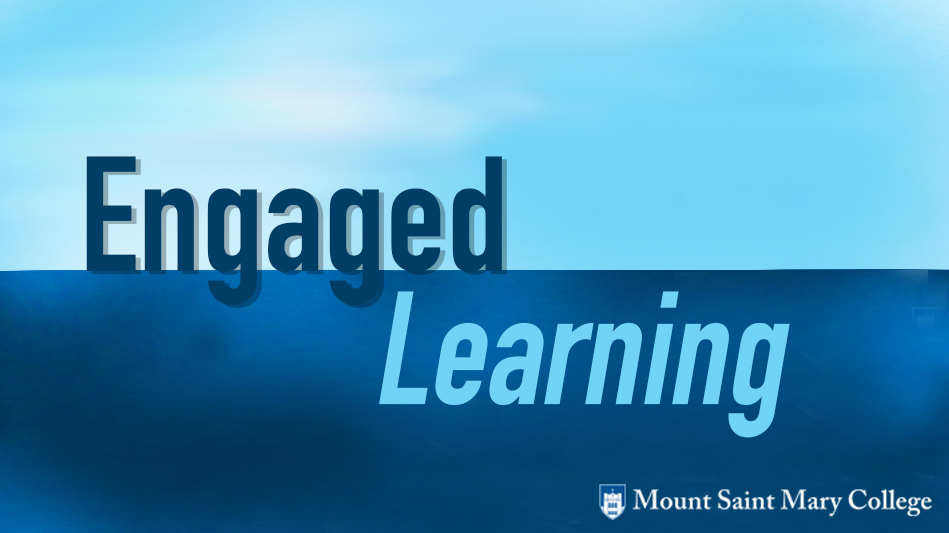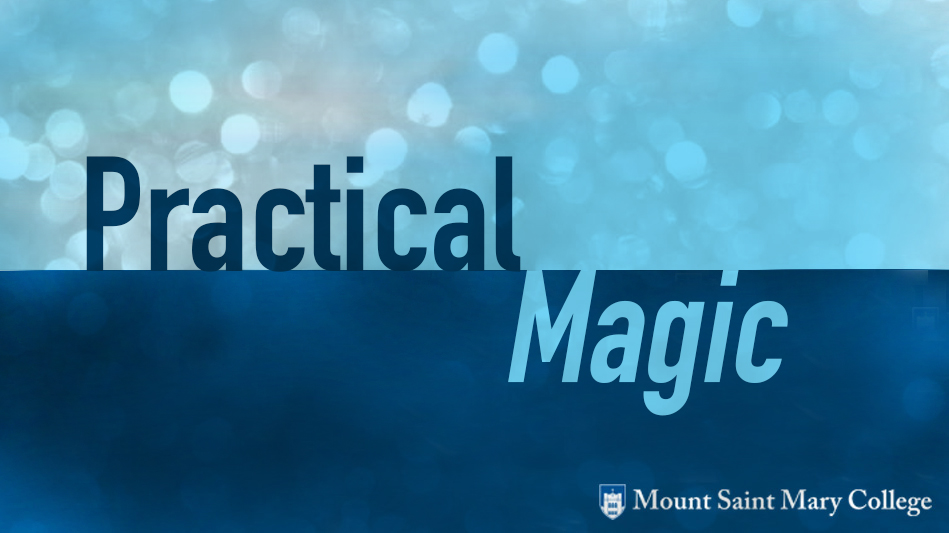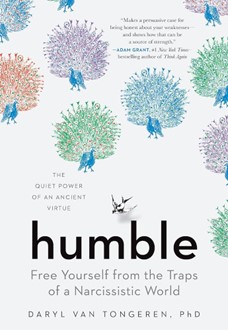Thinking about thinking, awareness, and self-regulation Share on Xby John Draeger (SUNY Buffalo State)
Recent blog posts have considered the nature of metacognition and metacognitive instruction. Lauren Scharff, for example, defines metacognition as “the intentional and ongoing interaction between awareness and self-regulation” (Scharff, 2015). This post explores the relationship between the elements of this definition.
Scharff observes that a person can recognize that a pedagogical strategy isn’t working without changing her behavior (e.g., someone doesn’t change because she is unaware of alternative strategies) and a person can change her behavior without monitoring its efficacy (e.g., someone tries a technique that she heard about in a workshop without thinking through whether the technique makes sense within a particular learning environment). Scharff argues that a person engaging in metacognition will change her behavior when she recognizes that a change is needed. She will be intentional about when and how to make that change. And she will continue the new behavior only if there’s reason to believe that it is the achieving the desired result. Metacognition, therefore, can be found in the interaction between awareness and self-regulated action. Moreover, because learning environments are fluid, the interaction between awareness and self-regulation must be ongoing. This suggests that awareness and self-regulation are necessary for metacognition.
In response, I offered what might seem to be a contrary view (Draeger, 2015). I argued that the term ‘metacognition’ is vague in two ways. First, it is composed of overlapping sub-elements. Second, each of these sub-elements falls along a continuum. For example, metacognitive instructors can be more (or less) intentional, more (or less) informed about evidence-based practice, more (or less) likely to have alternative strategies ready to hand, and more (or less) nimble with regards to when and how to shift strategies based on their “in the moment” awareness of student need. Sub-elements are neither individually necessary nor jointly sufficient for a full characterization of metacognition. Rather, a practice is metacognitive if it has “enough” of the sub-elements and they are far “enough” along the various continua.
Scharff helpfully suggests that metacognition must involve both awareness and action. I would add that awareness can be divided into sub-elements (e.g., reflection, mindfulness, self-monitoring, self-knowledge) and behavior can be divided into sub-elements (e.g., self-regulation, collective actions, institutional mandates). While I suspect that no one of the sub-elements is individually necessary for metacognition, Scharff has correctly identified two broad clusters of elements that are required for metacognition.
As I continue to think through the relationship between awareness and self-regulation, I am reminded of an analogy between physical exercise and intellectual growth. As I have said in a previous post, I am a gym rat. Among other things, I swim several times a week. A few years ago, however, I noticed that my stroke needed refinement. So, I contacted a swimming instructor. She found a handful of areas where I could improve, including my kick and the angle of my arms. As I worked on these items, it was often helpful to focus on my kick without worrying about the angle of my arms and vice versa. With time and effort, I got gradually better. Because my kick had been atrocious, focusing on that one area resulted in dramatic improvement. Because my arm angle hadn’t been all that bad, improvements were far less dramatic. Working on my kick and my arm angle combined to make me a better swimmer. Separating the various elements of my stroke allowed me to identify areas for improvement and allowed me to tackle my problem areas without feeling overwhelmed. However, even after working on the parts, I found that I still needed to put it together. Eventually, I found a swim rhythm that brought elements into alignment.
Likewise, it is often useful to separate elements of our pedagogical practice (e.g., awareness, self-regulation) because separation allows us identify and target areas in need of improvement. If a person knows what she is doing isn’t working but doesn’t know what else to do, then she might focus on identifying alternative strategies. If a person knows of alternative strategies but does not know when or how to use them, then she might focus on her “in the moment awareness” and her ability to shift to new strategies as needed during class. Focusing on the one element can give a person something concrete to work on without feeling overwhelmed by all the other moving parts. The separation is useful, but it is also somewhat artificial. By analogy, my kick and my arm angle are elements of my swim stroke, but they are also part of an interrelated process. While it is important to improve the parts, the ultimate goal is finding a way to integrate the changes into an effective whole. Metacognitive instructors seek to become more explicit, more intentional, more informed about evidence-based practice, and better able to make “in the moment” adjustments. Focusing on each of these elements can improve practice. Separating these elements can be useful, but somewhat artificial because the ultimate goal is finding a way to integrate these elements into an effective whole.
References
Draeger, John (2015). “So what if ‘metacognition’ is vague!” Retrieved from https://www.improvewithmetacognition.com/so-what-if-metacognition-is-vague/
Scharff, Lauren (2015). “What do we mean by ‘metacognitive instruction?” Retrieved from https://www.improvewithmetacognition.com/what-do-we-mean-by-metacognitive-instruction/




